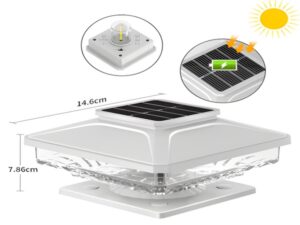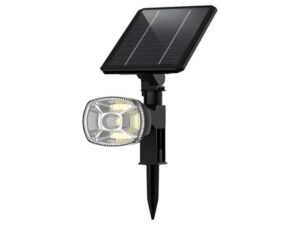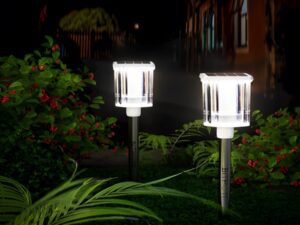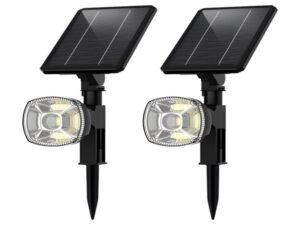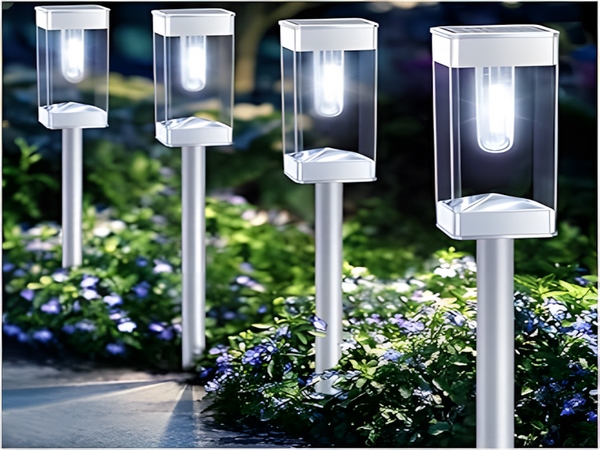
The emergence of solar street lights plays a significant role in the construction of new rural roads, illuminating rural highways while saving energy. Solar street lights have some unique characteristics that require ensuring the stability and reliability of the system, so special attention should be paid to the design of solar street lights. Below, let’s understand the design principles of solar street lights.
1. Solar Street Light Controller
The controller is the key component of the entire solar street light system. Its main function is to comprehensively manage the battery. A good controller should set each key parameter point according to the battery’s characteristics, such as the overcharge point, excessive discharge point, recovery connection point, and SOC discharge control. When selecting a solar street light controller, particular attention should be paid to the controller’s recovery connection point parameters. Due to the self-recovery characteristics of the battery voltage, when the battery is in a state of over-discharge, the controller cuts off the load, and then the battery voltage recovers. If some controller parameter points are not set correctly, the light may flicker and shorten the life of the battery and the light source.
2. Selection of Light Source
Choosing the light source is a critical step for solar street lights. Currently, there are very few dedicated light sources for solar street lights. To minimize energy loss, the light source should be selected as a DC light source. Common light sources include DC energy-saving lamps, high-frequency non-metallic lamps, low-pressure sodium lamps, and LED light sources.
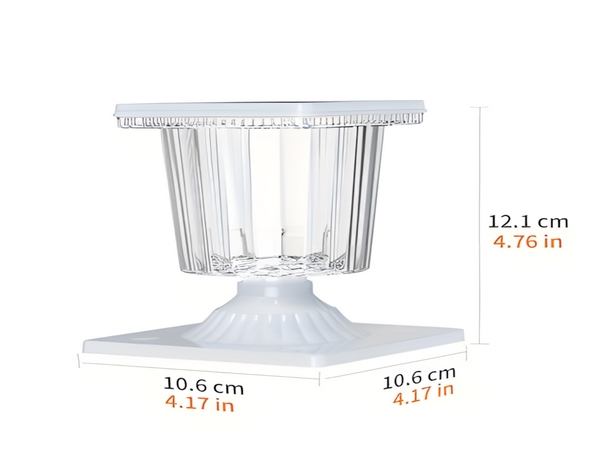
3. Solar Battery Module

The voltage of solar battery modules decreases with rising temperatures. Due to high temperatures, the voltage loss of the battery module is approximately 2V, and the diode voltage drop on the charging process controller is 0.7V; therefore, components with a working voltage of 18V are selected. Due to the uniqueness of solar street lights, solar panels are usually installed on light poles. For lamp poles, they generally exceed 5 meters, have a high center of gravity, and most solar panels are suspended to enhance the overall device. To withstand wind, multiple solar panels are typically selected to compose the required component power.
4. Battery (Pack)
When selecting a battery, we need to consider the impact of discharge rate on battery capacity, the effect of temperature on battery capacity, and the effect of discharge depth on battery capacity. Therefore, we must use deep cycle solar batteries. When batteries are connected in parallel, the imbalance between individual batteries must be considered. Normally, the number of parallel groups should not exceed four.
